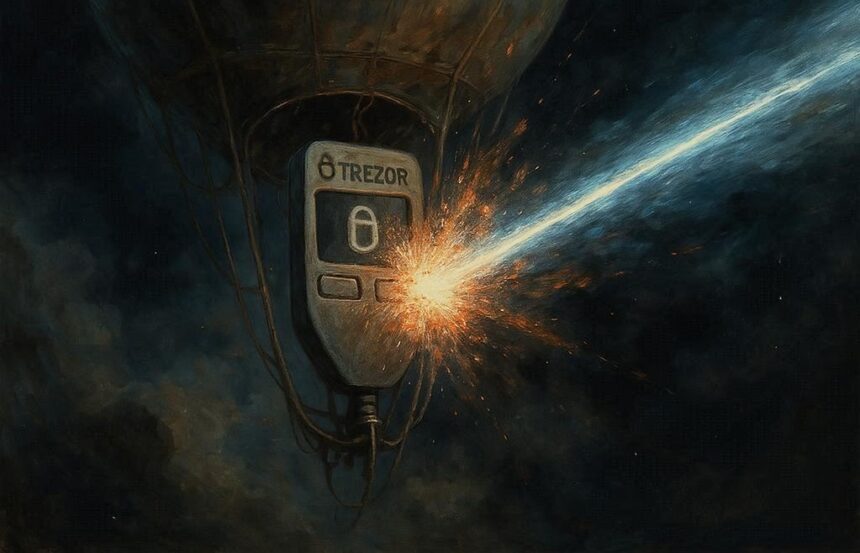Prague-based {hardware} producer Trezor has constructed into its Trezor Secure pockets seven mechanisms that permit it to future adapt to the dangers of quantum computing. This was revealed at an occasion held by the corporate on October twenty first.
As reported by CriptoNoticias, the corporate's newest pockets, the Trezor Secure 7 pockets, is the primary Bitcoin and cryptocurrency pockets. Incorporates open supply safe factor chipknown as Tropic01.
Trezor Secure 7 additionally consists of assist for quantum-resistant cryptographic algorithms by way of firmware replace. No bodily modifications required to the system after leaving the manufacturing unit. On this method, groups can incorporate post-quantum requirements as quantum threats evolve or develop into a priority. Q-day.
The Trezor Secure 7 pockets consists of {hardware} designed to assist future post-quantum updates from the manufacturing unit. Which means if quantum computing advances considerably within the coming years, the Trezor Secure 7 will be capable to run firmware that helps quantum computing.
Trezor, a cryptocurrency pockets firm.
Strengthened on 3 ranges
Particularly, the corporate has targeted on strengthening the system boot chain, which consists of three consecutive ranges: Board loader, bootloader, and firmware.
Every of those ranges of {hardware} wallets makes use of requirements chosen by the Nationwide Institute of Requirements and Know-how (NIST), one of many main authorities on post-quantum cryptography, to make sure resilience that reduces the specter of these units in opposition to future assaults.
In response to Trezor, this occurs due to Boardloader, a small program that finds and downloads the pockets's working system. Board loaders are recorded on the manufacturing unit and can’t be modified. This serves as the primary line of validation when checking the integrity of the bootloader. A bootloader is one other program that successfully initializes the working system after preliminary programmatic authentication.
{Hardware} at each ranges They use a hybrid technique It combines SLH-DSA-128, a part of the SPHINCS+ household and standardized by NIST in 2024, with ECDSA on the secp256r1 curve.
In different phrases, this method combines two digital signature strategies: a classical technique (ECDSA) and a post-quantum technique. The latter is recorded within the board loader, so the quantum safety carried out within the Trezor Secure 7 pockets can’t be modified and is handed from the primary layer to the opposite layers. Since these are hashing strategies, Trezor would have chosen the algorithm a part of the SPHINCS+ household. “It's properly understood, backed by many years of analysis, and has by no means been compromised.”commented the corporate.
In contrast to bootloaders and firmware, which could be up to date at any time, board loaders can’t be modified as soon as the code is written on the manufacturing unit. Board loaders want to stay safe for many years, so we designed them to validate post-quantum firmware updates and assist post-quantum reliability checks when wanted.
Trezor, a cryptocurrency pockets firm.
The board loader is the primary and most vital authentication system for post-quantum encryption on units, however Trezor argues that this safety extends additional. In response to the corporate, “Every Trezor Secure 7 features a post-quantum system certificates to show its reliability in a post-quantum future. Algorithm standardized by NIST known as ML-DSA-44is constructed into one of many three redundant chips (along with Optiga Belief M and the brand new Tropic01) that make up the brand new pockets.
“By distributing the certificates throughout three unbiased chips, we ensured that even when one layer was compromised, the authenticity checks remained sturdy,” Trezor concluded.
(Tag translation) Cyber assault


